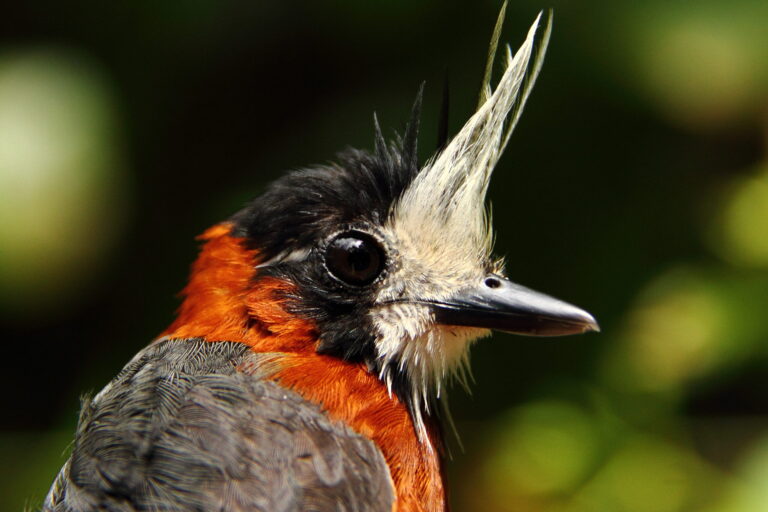Scientists have known for some time now that tropical birds are falling in number. In general, the cause has been attributed to forest degradation and fragmentation. But a 2020 study has shown that the populations of certain bird species living in regions of the Amazon still undisturbed by human activities have also dropped. Scientists from Brazilian and North American institutions have been taking a closer look at possible causes by analyzing the behavior of insect-eating understory birds — those who live closer to the ground, beneath the forest canopy — in a preserved area of the Amazon rainforest some 80 kilometers (50 miles) from the city of Manaus.
The study, which was only recently published, confirmed something that the researchers had suspected: Climate changes are transforming the lives of birds even in areas previously considered to be refuges, with more stable microclimates, intact forest canopy and plenty of food supply. Analyses of data collected over the past 27 years showed a drop in population of 24 of the 29 bird species studied. The main causes were longer dry seasons and less rain in recent years. “This article unequivocally links climate changes with the birds’ survival. It was just a hypothesis until now, but this analysis confirms that they are playing a significant role in bird deaths in central Amazonia,” says biologist Jared Wolfe from Michigan Technological University, U.S. The collared gnatwren (Microbates collaris) was found to be one of the most vulnerable birds in the study. Image by Philip Stouffer.…This article was originally published on Mongabay





